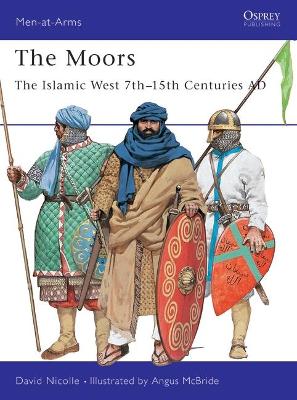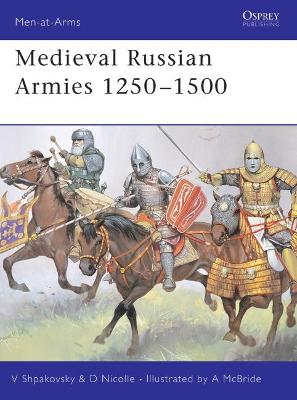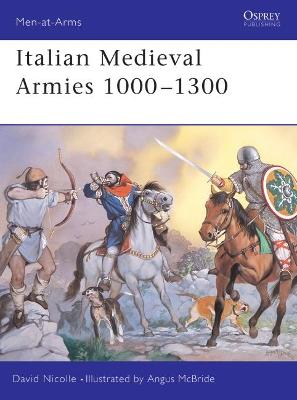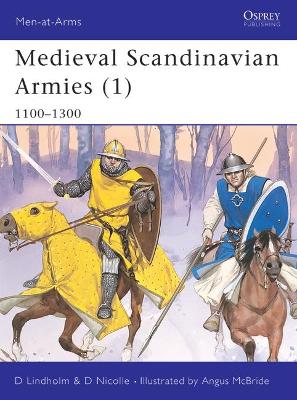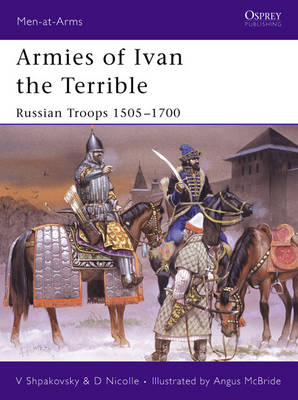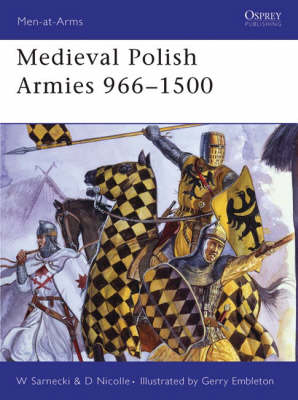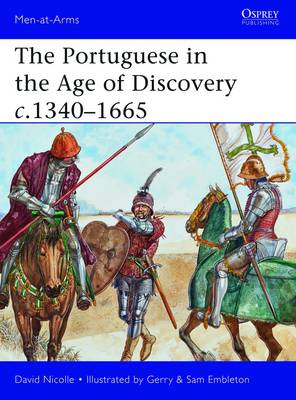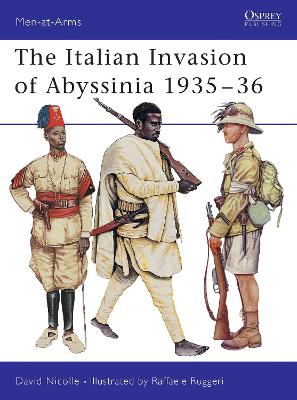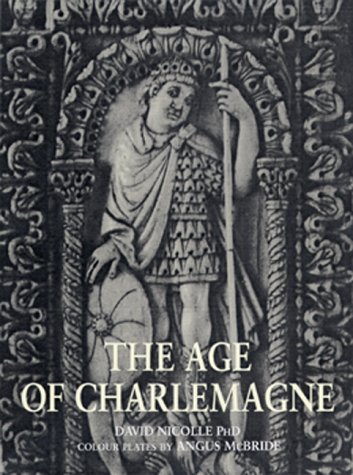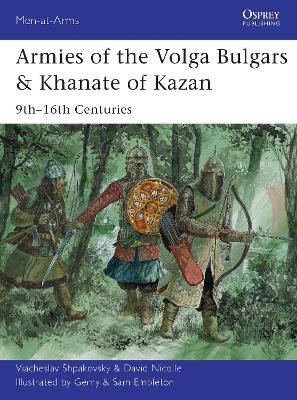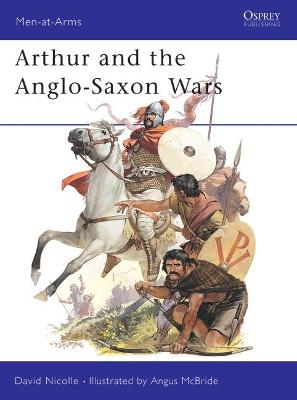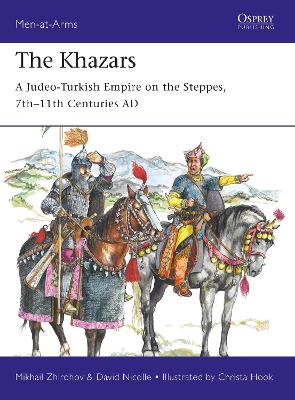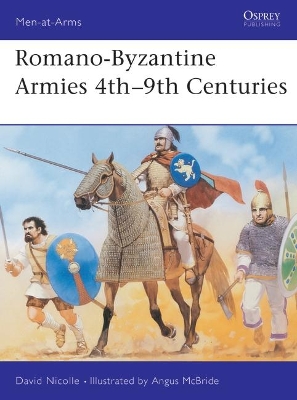Men-at-Arms
28 primary works • 37 total works
Book 348
Book 367
Book 376
Book 387
Book 396
Book 427
Book 445
Book 494
Armies of the Volga Bulgars & Khanate of Kazan
by Viacheslav Shpakovsky and David Nicolle
No, 333
v.154
They also achieved a remarkable level of metal-working technology, and their military elite wore forms of iron plate armour that would not be seen in Western Europe until the 14th century. The Khazar state provided the foundations upon which medieval Russia and modern Ukraine were built. Fully illustrated with detailed colour plates, this is a fascinating study into the armies, organisation, armour, weapons and fortifications of the Khazars.
v.247
